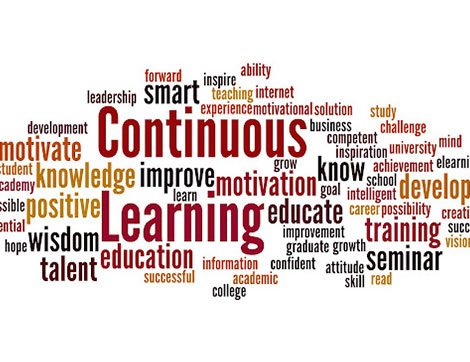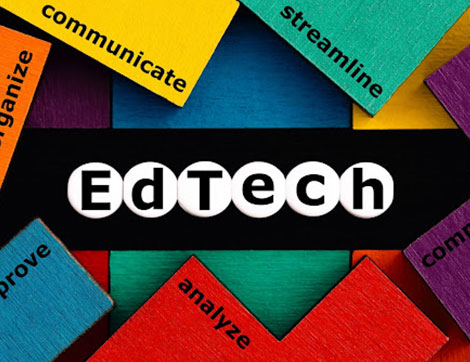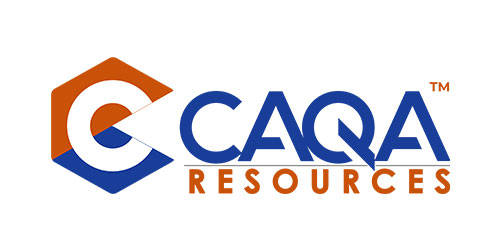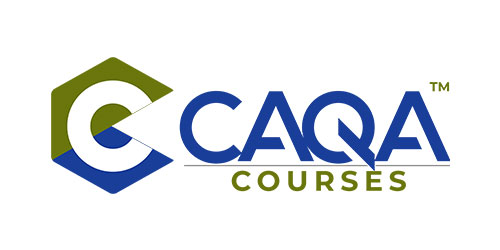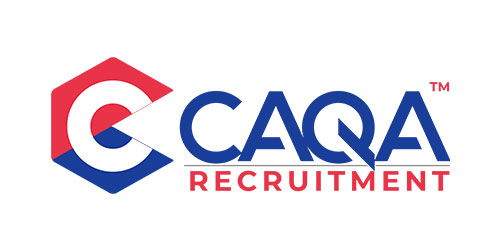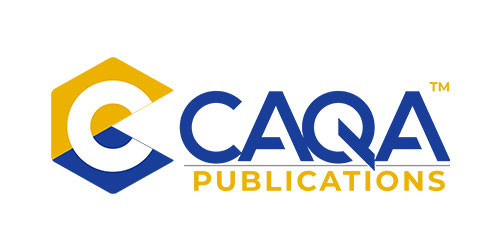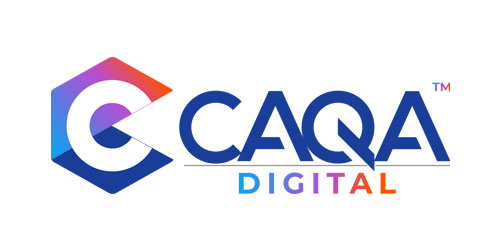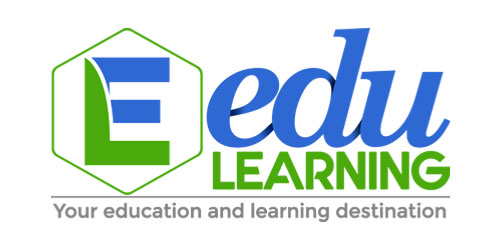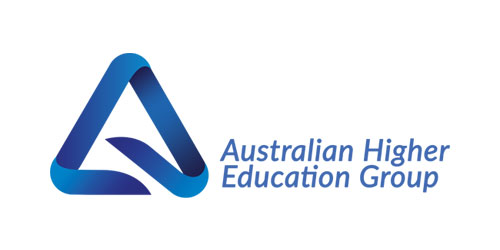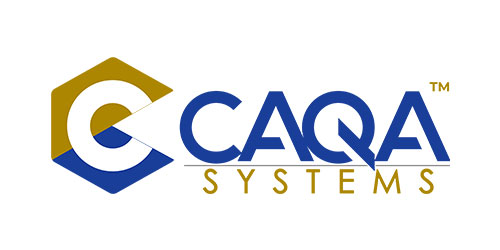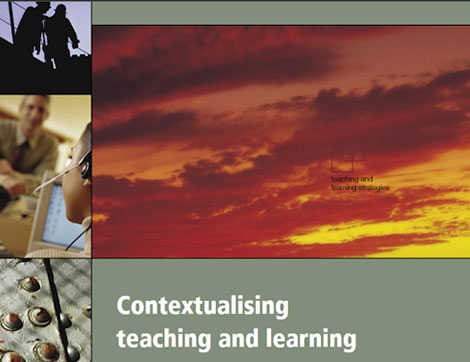
News
In this article, our team has prepared a summary of Contextualising teaching and learning – A guide for VET teachers.
In this handbook, you will find practical, ready-to-use ways to contextualize learning in a variety of “classrooms,” from an educational institution to a factory floor and online. Its primary focus is on teaching rather than assessment. Vocational Education and Training practitioners seeking to implement flexible, innovative, and learner-centered approaches to teaching and learning will find the guide helpful.
The handbook is divided into four different sections.
Section 1 – Introduction to the guide
This is the introduction section that includes some basic information related to the guide, the intended audience for the guide (e.g. VET trainers and assessors in all VET settings), the content of the guide, and a few definitions (e.g. contextualising, effective learning, strategy, and activity).
Section 2 – The underpinning principles of teaching in a context
This section includes information related to
- a range of principles that underpin the process of contextualising
- steps in contextualising
- practical advice to teachers about
- learning strategies
- contextualising in different learning settings
The section starts with some clarification related to the training packages.
Training Packages focus on work standards and outcomes of learning, not the learning and teaching process.
Competency standards in the industry Training Packages are determined by the industry to meet identified industry skill needs. Workplace competency requires the ability to apply relevant skills, knowledge, and attitudes consistently over time and in the required workplace situations and environments. In line with this concept of competency, training packages focus on what is expected of a competent individual in the workplace as an outcome of learning, rather than focusing on the learning process itself.
The rules for contextualising are outlined:
- The elements and performance criteria cannot be changed.
- Specific industry terminology can be substituted for generic terms in the performance criteria as long as it does not change the competency outcomes.
- Amendments to the range statement can be made to reflect local or organisational needs as long as they do not diminish the breadth or portability of the competency
Steps in Contextualisation are explained as follows:
Step 1: Be familiar with your unit/s of competency
Step 2: Get to know your learners
Step 3: Take account of the learning setting
Step 4: Develop learning activities
This section offers practical tips for teaching in different settings.
Teaching in the workplace
Use resources as needed and permission to make it comfortable for students
Teaching in a flexible mode
Combination of a Hybrid of various methods, tools etc to get the message across
In the adult learning approach section, you will find the following information:
According to adult learning principles, people learn best when learning is seen as immediately relevant
The four principles of adult learning are:
- Learners have control over their learning
- Learning is experiential
- Learning is cooperative
- Learning is reflective
Adult learners learn best when they take an active role in their own learning.
Adult learners are generally highly motivated and keen to have a say about what they learn and how they learn
Good teaching anywhere section includes information related to
What is “Good teaching”
Good teaching
- involves making the content of the subject genuinely interesting and relevant
- recognises that learners must be engaged with the content of learning in ways that are likely to enable them to reach understanding
recognises that learners learn in different ways but each method should include problem-solving, question asking, cooperative learning and practical activities - involves setting appropriate assessment tasks and using a variety of techniques to discover what learning has been achieved
- ensures that a safe environment exists for the learning to take place
- And examples of contextualising.
Section 3 – Teaching and learning strategies
Among the topics covered in this section are:
- Teaching in an educational institution
- Teaching in the workplace
- Teaching in a flexible mode
In section 3, you will also find learning resources to support the teaching of each learning strategy.
Section 4 – Professional development
The following aspects are covered in this section:
- information related to professional development, such as who delivers, who participates, planning professional development programs to suit your group, and so on.
- A number of activities are included in this section such as:
- What is good teaching practice?
- What is contextualising?
- Explore contextualising
- Steps in contextualising
- Practse contextualising
Our recommendation is that every trainer and assessor who is involved in VET reads this publication.
 1800 961 980
1800 961 980 info@careercalling.com.au
info@careercalling.com.au


